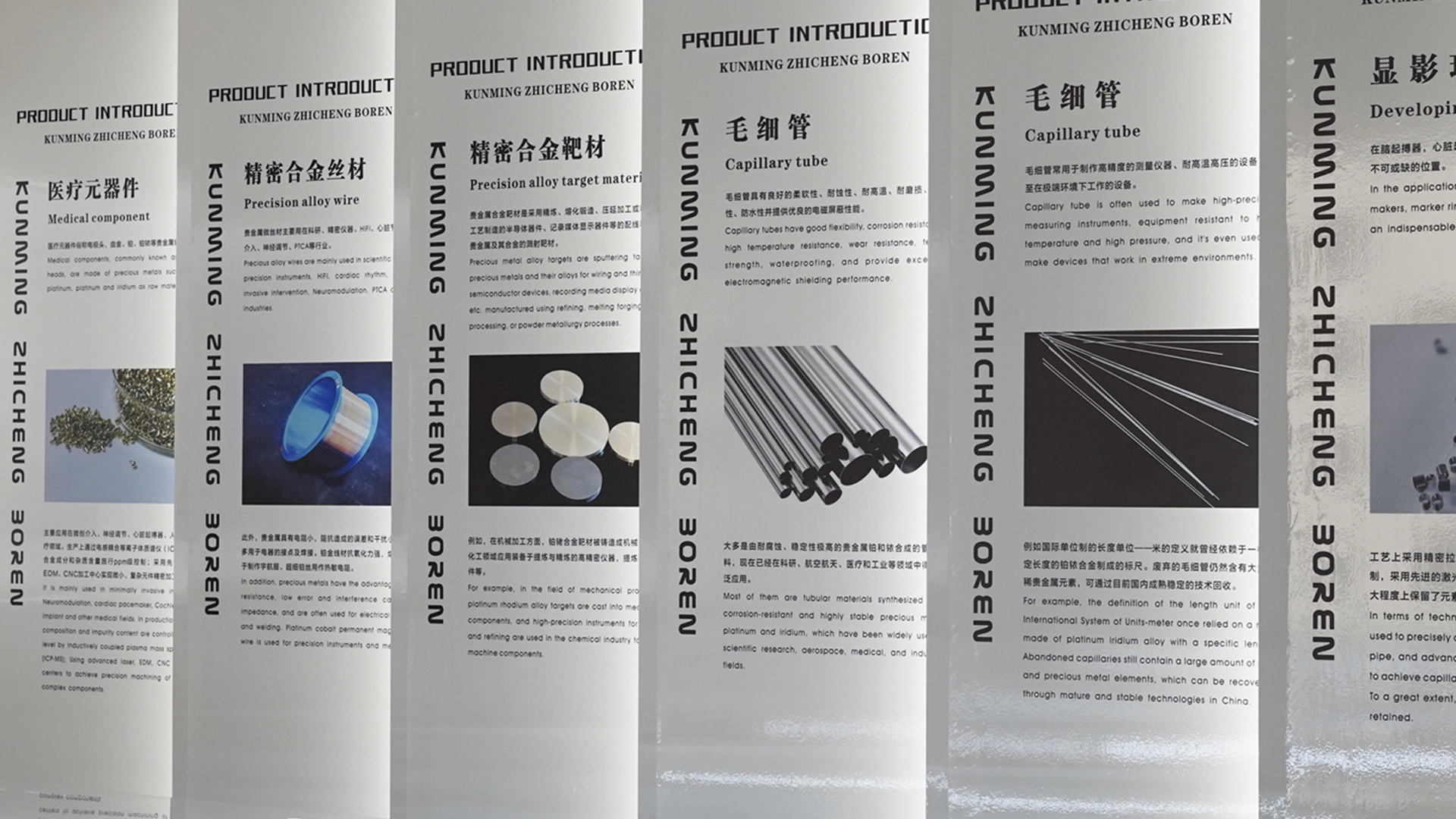Unlocking the Future: Processing and Manufacturing of New Precious Metal Materials
Introduction: The Glittering Frontier
When you think of precious metals, what comes to mind? Gold, silver, maybe a little platinum? Well, hold onto your hats because the processing and manufacturing of new precious metal materials is opening up a whole new world of possibilities! It's like diving into a treasure chest of innovation, where traditional metallurgy meets cutting-edge technology. Let’s take a closer look!
What Are Precious Metals?
Precious metals are not just shiny objects that make for great jewelry. They are rare, naturally occurring metallic elements that have high economic value. Think of them as the VIPs of the metal world! They include gold, silver, platinum, and palladium, and they’re used in everything from electronics to dentistry. But here’s the kicker: with the rise of new technologies, we’re seeing a shift in how these metals are processed and manufactured.
The Evolution of Processing Techniques
In the past, processing precious metals was a labor-intensive process, often involving harsh chemicals and a lot of energy. However, advancements in technology have revolutionized the processing and manufacturing of new precious metal materials. Now, we’re talking about more sustainable practices! For instance, hydrometallurgy and bioleaching have emerged as eco-friendly alternatives that minimize environmental impact.
Hydrometallurgy: A Gentle Touch
Hydrometallurgy uses aqueous solutions to extract metals from ores, making it a gentler approach compared to traditional methods. This technique not only reduces waste but also allows for the recovery of precious metals from recycled products—talk about a win-win!
Bioleaching: Nature to the Rescue!
Ever heard of bioleaching? It’s a fascinating process where microorganisms are used to extract metals from their ores. These tiny organisms break down complex materials, allowing for more efficient extraction of precious metals. It’s like having a little army of microbes doing the heavy lifting!
New Precious Metal Materials: What’s Cooking?
The innovation doesn’t stop at processing methods. The processing and manufacturing of new precious metal materials are leading to the development of alloys and composites that are stronger, lighter, and more resistant to corrosion. For example, researchers are experimenting with combining gold with other metals to create materials that can withstand extreme conditions. Imagine using gold in aerospace applications—now that’s something to write home about!
Applications: Beyond Jewelry
Moving beyond the glitz and glam, these new materials are making waves in various industries. From electronics to renewable energy, the applications are vast. For instance, silver is a critical component in solar panels, while platinum is essential for catalytic converters in vehicles. Who knew that those precious metals were so versatile?
The Role of 3D Printing
And let’s not forget about 3D printing! This technology is revolutionizing the way we manufacture precious metal components. By utilizing advanced printing techniques, manufacturers can create intricate designs that were once impossible to produce. The result? Unique products that push the boundaries of creativity!
Challenges Ahead
Of course, every silver lining has its cloud. The processing and manufacturing of new precious metal materials come with challenges, such as sourcing raw materials sustainably and ensuring that the processing techniques are environmentally friendly. As we forge ahead, it’s crucial to balance innovation with responsibility.
Conclusion: A Bright Future
To wrap it all up, the processing and manufacturing of new precious metal materials are not just trends; they represent a significant leap towards a sustainable and innovative future. As we continue to explore the potential of these metals, we can expect to see even more groundbreaking developments. So, keep your eyes peeled—it’s a sparkling journey ahead!



